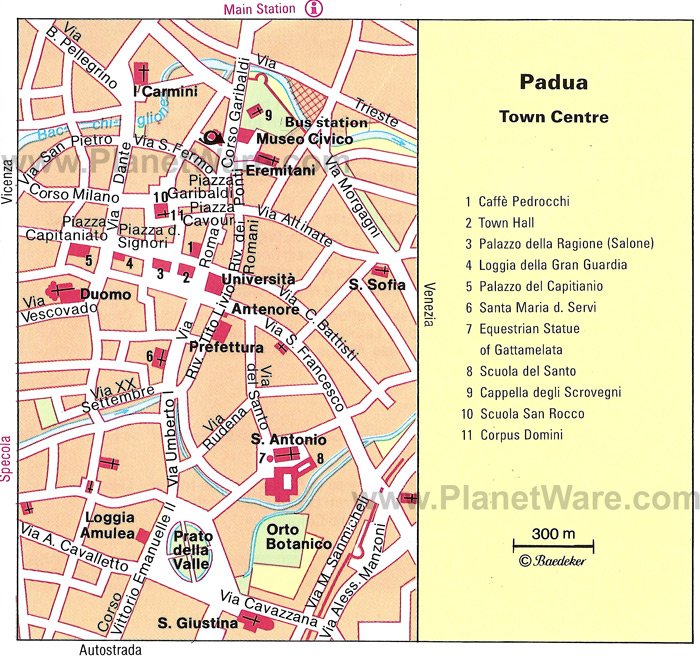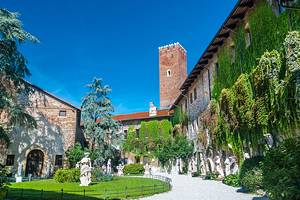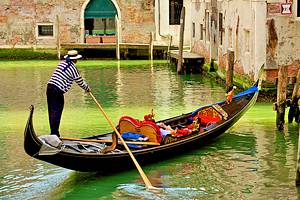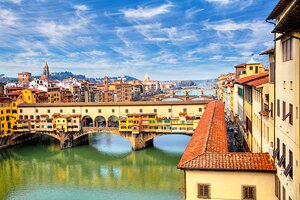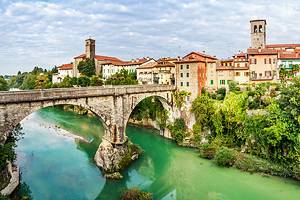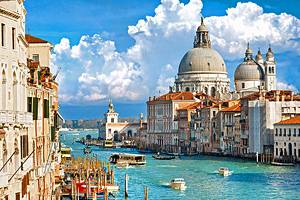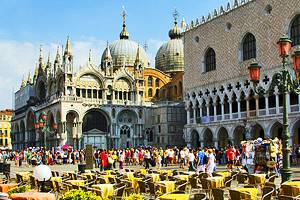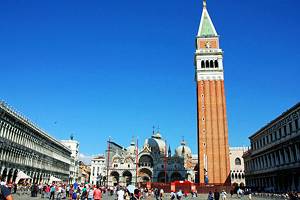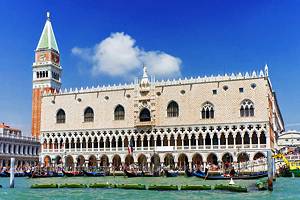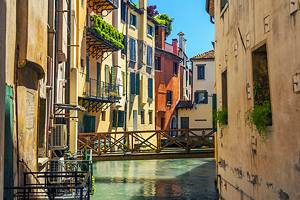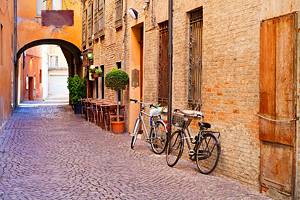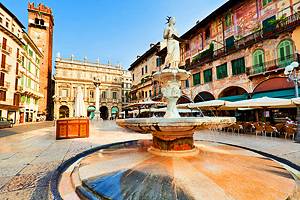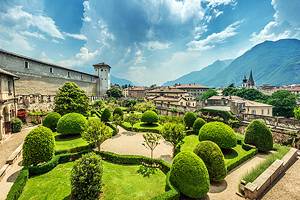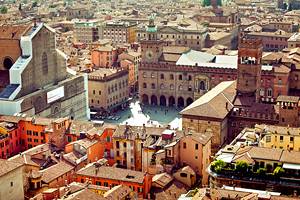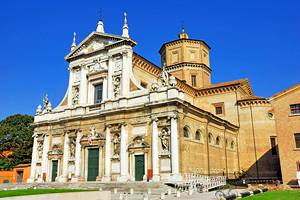Tourist Attractions in Padua
Padova, anglicized to Padua, is a city of visual contrasts. In a relatively compact area lie the narrow streets of its old town, the Renaissance grandeur of its main squares, the Byzantine domes of the St. Anthony shrine, and the broad symmetrical vista and statue-lined waterway of Prato della Valle.
Just as varied are its tourist attractions, which include a prestigious university with the world's first botanic garden and anatomy theater, a frescoed chapel that is one of Italy's primary artistic treasures, and the burial place and shrine of one of the world's most revered saints.
From its Roman beginnings, it was one of Italy's wealthiest cities, and in the 14th century, it drew some of Italy's finest artists: Giotto, Giovanni, Donatello, Paolo Uccello, and others who left the city a largesse of artworks.
All this history and art gives tourists plenty of things to see and do. Learn more about the sights in and around the city with our list of the top tourist attractions in Padua.
- Basilica di Sant'Antonio
- Cappella degli Scrovegni
- Piazza dei Signori and Palazzo della Ragione
- Musei Civici and Eremitani Church
- Villa Pisani
- Cruise or Bicycle along the Brenta Canal
- Prato della Valle
- Cathedral and Baptistery
- MUSME - Museum of the History of Medicine
- Orto Botanico
- Piazza del Santo
- University of Padua and Anatomical Theater
- Day Trip to Euganean Hills and Thermal Spas
- Visit the nearby Town of Este
- Drive to Montagnana
- Map of Attractions & Things to Do in Padua
Basilica di Sant'Antonio
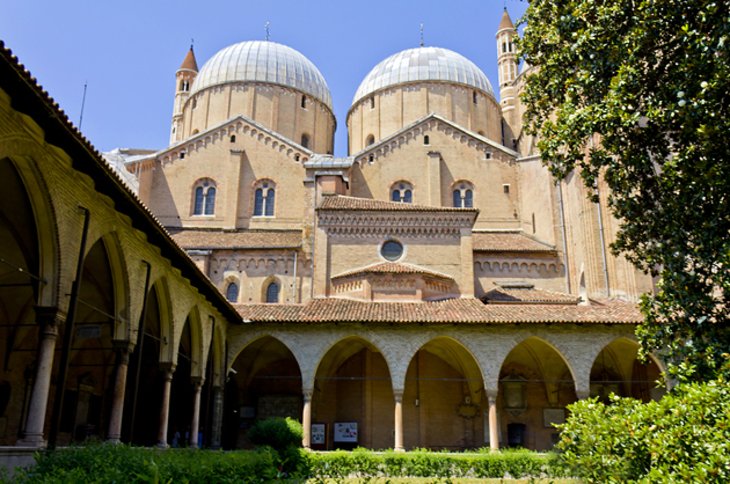
Although he was born in Lisbon, Portugal, the eloquent 13th-century preacher, St. Antony, lived and worked in Padua, which claims him as its own. The saint is buried here, at the immense Basilica di Sant'Antonio, a popular pilgrimage destination since its construction began in the year following his death.
The pillared basilica shows a fantastic mingling of Romanesque, Gothic, and Byzantine features, and is highly picturesque, with its two slender towers; the conical dome over the crossing; and seven other round domes, which were heightened in 1424.
The interior is equally interesting and filled with notable artworks. In the north aisle is the 16th-century Cappella di Sant'Antonio, with nine high reliefs of the same period, scenes from the life of St. Antony by Jacopo Sansovino, Antonio, Tullio Lombardi, and others. The chapel also contains beautiful marble inlay. Inside the altar, which is hung with ex-votos, are the saint's remains.
The high altar by Donatello (1443-50), restored in 1895, has the original sculpture, also by Donatello. His bronze panels are hard to see, but you can get a good view of the stone bas reliefs. On the left of the altar is a magnificent bronze candelabrum.
Beyond the ambulatory (with several frescoed chapels), in the Cappella del Tesoro or Cappella delle Reliquie (1690), are fine examples of gold work. On the south side of the church are four beautiful cloisters, built from the 13th to 16th centuries.
Address: Piazza del Santo 11, Padua
Official site: http://www.santantonio.org/en/basilica
Cappella degli Scrovegni
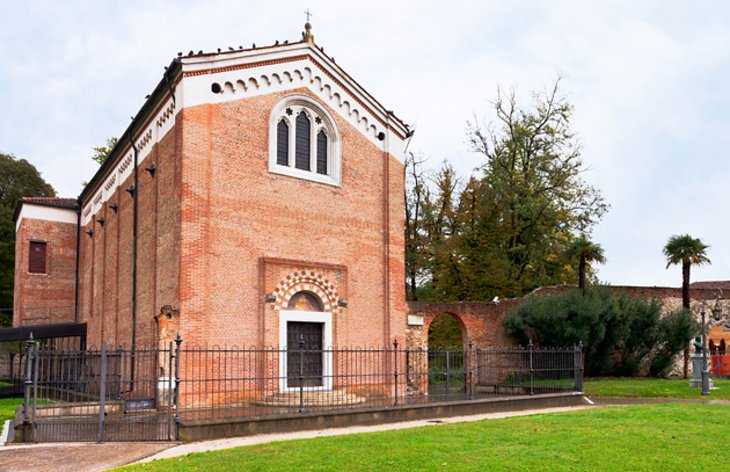
The chapel of the Madonna dell' Arena was built from 1303 to 1305 as the chapel of a palace that was demolished around 1820. While it may not look extraordinary from the outside, its interior is one of Italy's most priceless art treasures. The walls of this chapel are entirely covered with frescoes painted by Giotto from 1303 to 1306.
These scenes from the life of the Virgin and the life of Christ are Giotto's earliest, largest, and best preserved works. Particularly fine are the Kiss of Judas and the Lamentation in the third row, depicting the Passion with great dramatic force. The colors are vivid, and the expression far ahead of Giotto's contemporary artists. On the altar is a Madonna with Two Angels, an outstanding sculpture by Giovanni Pisano.
After meticulous preservation efforts, the chapel is now protected by a sealed and monitored atmospheric system, and public access is limited and timed to control the frescoes' carbon dioxide exposure. To see the chapel, you must make advance reservations; same-day reservations are no longer possible, even in less crowded seasons.
Address: Piazza Eremitani 8, Padua
Piazza dei Signori and Palazzo della Ragione
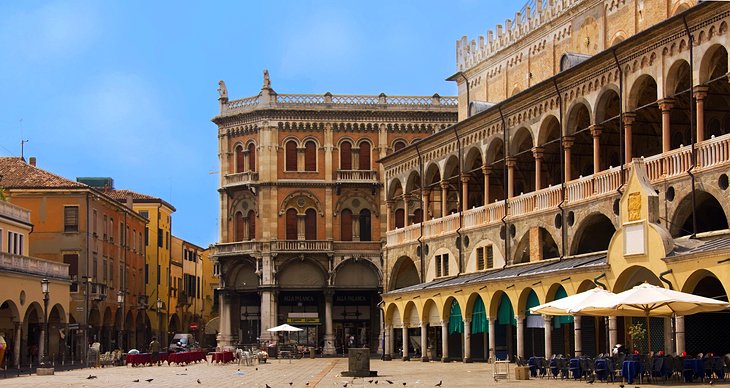
In the heart of Padua's old city, three adjoining squares have been the center of life for Padovani since the Middle Ages. Between Piazza della Frutta and Piazza delle Erbe, the Salone or Palazzo della Ragione, built 1218-19 as a law court, is Europe's largest medieval hall. Its walls are covered in hundreds of fresco panels with astronomical, mythological, and zodiac themes.
Also inside the huge hall, which was rebuilt in 1430, is a large 15th-century wooden horse, a copy of Gattamelata's horse in Donatello's famous statue in the Piazza del Spirito. In the Piazza dei Signori is the elegant Early Renaissance Loggia del Consigli, or Loggia della Gran Guardia, and a tower with a 14th-century astronomical clock.
Musei Civici and Eremitani Church
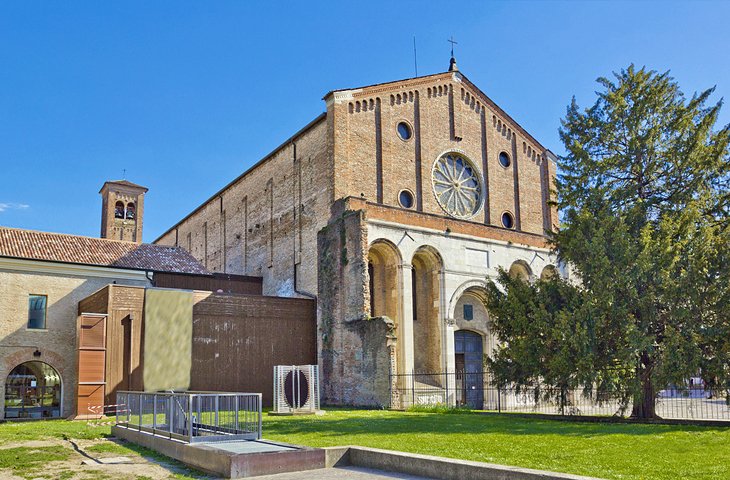
Two outstanding museums and the Romanesque Church of the Eremitani combine with the Scrovegni Chapel to make up the Musei Civici. The art gallery exhibits paintings by Giotto, Bellini, Giorgione, Titian, Tiepolo, Veronese, and Tintoretto, as well as works by Flemish and Dutch artists.
It is one of the finest collections of work by artists of the Veneto region between the early 14th and 19th centuries. A particular treasure is the cross painted by Giotto for the Scrovegni Chapel, now in the museum.
The archaeological collections begin with pre-Roman finds from necropolises in the area dated as far back as the eighth century BC. Outstanding among the early mosaics is the fourth-century mosaic of Eutherius. Be sure to look for the elegant memorial of the young dancer and juggler Claudia Toreuma.
There are rooms of Etruscan, Greek, and Italian artifacts, plus the Egyptian collections. One section follows the Via Annia, a Roman road linking north-eastern Italy to the extensive Roman road network throughout the peninsula. Using multimedia stations, you can follow this road and the archaeological evidence from it in museums throughout its route.
The former Augustinian Church of the Eremitani from the 13th century, damaged by war, has remains of frescoes by Mantegna in the Cappella Ovetari, as well as frescoes bt Giotto's student, Guarieto.
Address: Piazza Eremitani 8, Padua
Official site: http://padovacultura.padovanet.it/en/musei/city-museums
Villa Pisani
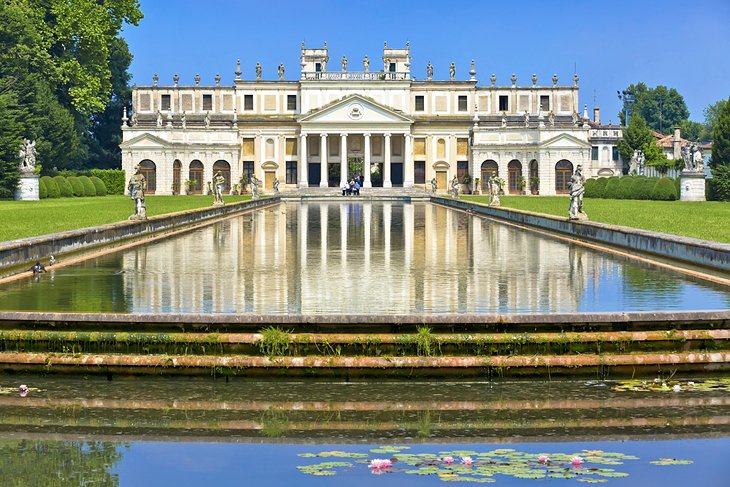
In Stra, just outside Padua, is the 18th-century Villa Pisani or Villa Nazionale. Its splendid galleried ballroom has a large ceiling painted by Tiepolo in 1762, and its more than 100 rooms are furnished in Empire style. The villa, built by the powerful Pisani family, later belonged to Napoleon and the Hapsburg emperors.
Don't miss the gardens with what is considered to be the world's most puzzling garden maze. Tall, dense hedges form nine concentric rings, with the path to the center obscured by multiple dead ends. The prize for completing it is to climb the tower in the center and watch others making their way through it. Besides the maze, the 30 acres of lavish gardens feature follies, a long reflecting pool, and an orangery.
Address: Via Doge Pisani 7, Stra
Cruise or Bicycle along the Brenta Canal
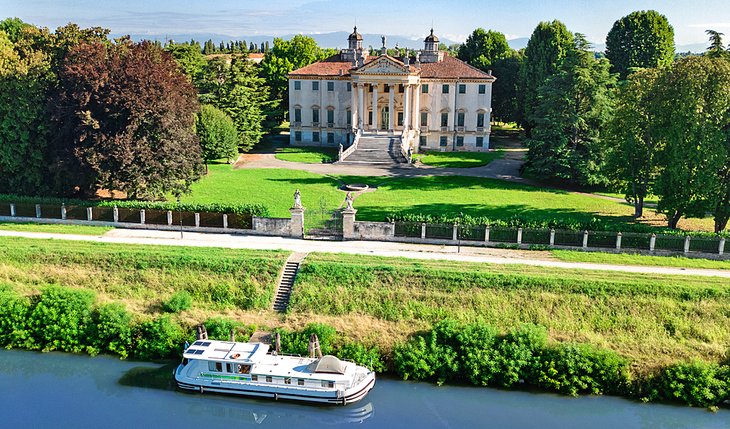
The River Brenta, which flows through Padua and enters the Adriatic Sea in Venice, has been canalized since the days of the Venetian Republic, and it was a favorite place for wealthy Venetians to build palaces where they could escape the summer heat. They hired the preeminent architects and artists of the period to build and decorate the villas that still line the canal.
One of the most popular things to do in Padua in the summer is cruising the canal between Padua and Venice. An excursion boat, Il Burchiello, makes daily trips, stopping at several palaces along the way.
In addition to the Villa Pisani and its beautiful gardens (see above), the Villa Widmann-Foscari-Rezzonico in Mirais is worth visiting. Fully furnished with period pieces and Murano glass chandeliers, the villa has stunning frescoes by Giuseppe Angeli, and is set in lovely wooded grounds with rose gardens.
Also in Mira, Villa Foscari (commonly called La Malcontenta) was designed by the Renaissance architect Andrea Palladio.
Prato della Valle
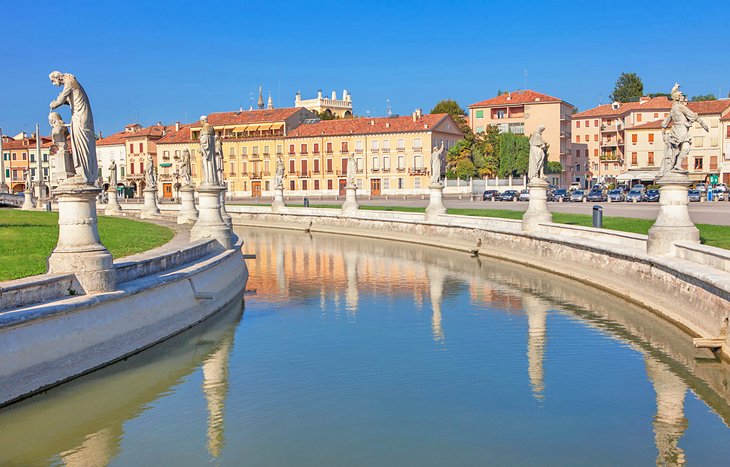
Padovans love this enormous square, the largest in Italy and one of the largest in Europe, and call it simply Il Prato. It was once a big swamp, then a grounds for jousting tournaments when, in the late 1700s, Andrea Memmo, whose palace still overlooks the square, conceived of a large plaza and park, and work began on the public space you see today.
At its center is a green park surrounded by a canal; along its banks stand 78 statues, including one of Memmo. The Prato della Valle is a popular place for sunning, strolling, skating, and socializing, as well as for markets and holiday celebrations.
Several notable buildings surround it, including the Benedictine Abbey of Santa Giustina, the Neoclassical Loggia Amulea, and palaces dating from the 14th to 18th centuries. If you're wondering where to eat, you'll find several restaurants surrounding the square.
Cathedral and Baptistery
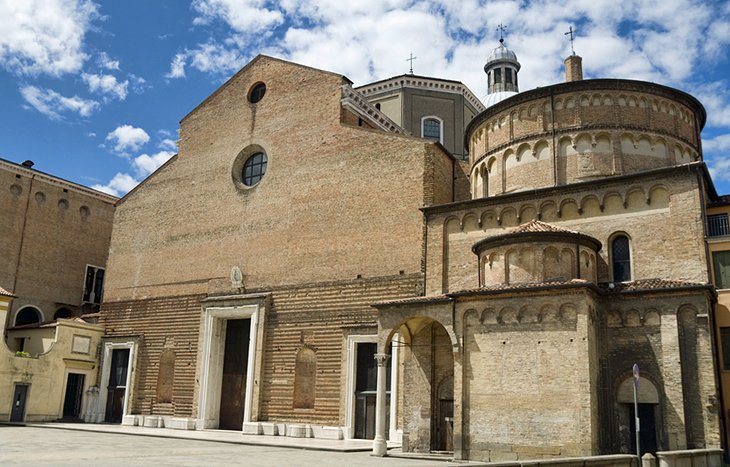
To the west of the Piazza dei Signori stands the cathedral, a High Renaissance building (1552-77) with an unfinished facade. Although the church is not a remarkable example, it is worth seeing for the paintings in the sacristy by Tiepolo and Bassano.
The baptistery, however, is outstanding. Built upon the remaining portion of a fourth-century church, its interior is adorned with a cycle of vibrant frescoes by Giusto de' Menabuoi, painted about 1375, scenes from the life of Jesus, Mary, and John the Baptist.
Address: Piazza Duomo, Padua
MUSME - Museum of the History of Medicine
As home to one of the world's oldest medical schools, where so much medical history was made, Padua is a fitting place for a museum devoted to the history of medicine. This modern, interactive center has innovative exhibits along with static displays of medical instruments and historic teaching materials.
Knock on big virtual doors to reveal a screen where a life-sized leading scientist of the past - such as Galileo Galilei - tells about the discoveries of his own time. Although it's spoken in Italian, there are English translations here and elsewhere in the museum. Because of the variety of the exhibits, this is an attraction that appeals to all ages.
Address: Via San Francesco 94, Padua
Official site: https://www.musme.it/en
Orto Botanico
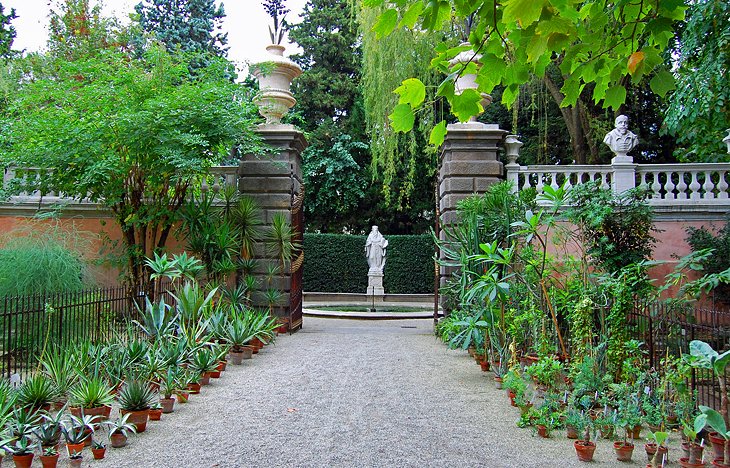
The botanical garden, founded in 1545, is the world's oldest existing academic botanical garden and the original of all the world's botanical gardens. It began as a way for students to identify true medicinal plants, to prevent mistakes and frauds in a day when healing relied heavily on herbs.
With additions from throughout Venice's sprawling overseas empire and from their trading ports beyond, the garden made Padua the leader in the introduction and study of exotic species. Today, it continues to be a resource for scholars, a place where the public can learn about plants and a center for preserving rare and endangered plant species.
Although details and decorative elements have been added, and a wall was built in 1552 to protect the precious plants from thieves, the elegant geometrical patterns of the beds that you see today are its original design.
Address: Via Orto Botanico 15, Padua
Piazza del Santo
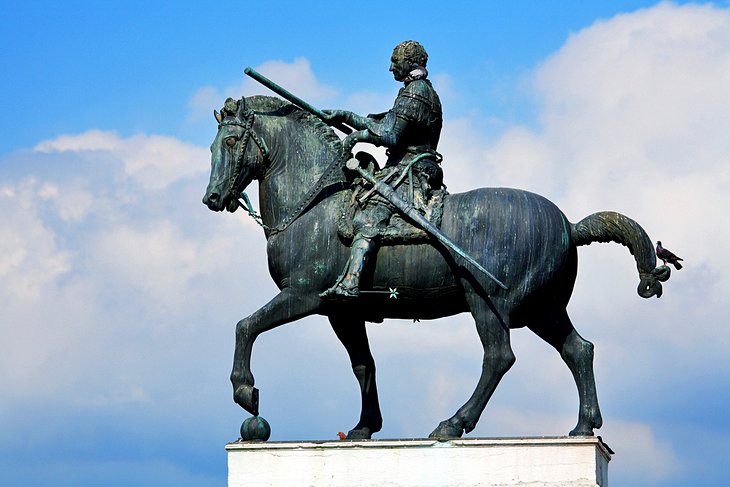
Stretching in front of the Basilica di Sant'Antonio is the large Piazza del Santo, with several other attractions. Beside the church stands the equestrian statue of Venetian army commander Gattamelata, the first monumental equestrian statue since the Roman era, created by the Early Renaissance sculptor Donatello, who worked in Padua from 1441 to 1453.
The Museo Antoniano houses the church's art collection. Climb to the upper floor of the Scuola di Sant'Antonio to see 17 heavily restored frescoes depicting the saint's miracles. In the adjoining Oratorio San Giorgio are more frescoes by Altichieri and Avanzi.
University of Padua and Anatomical Theater
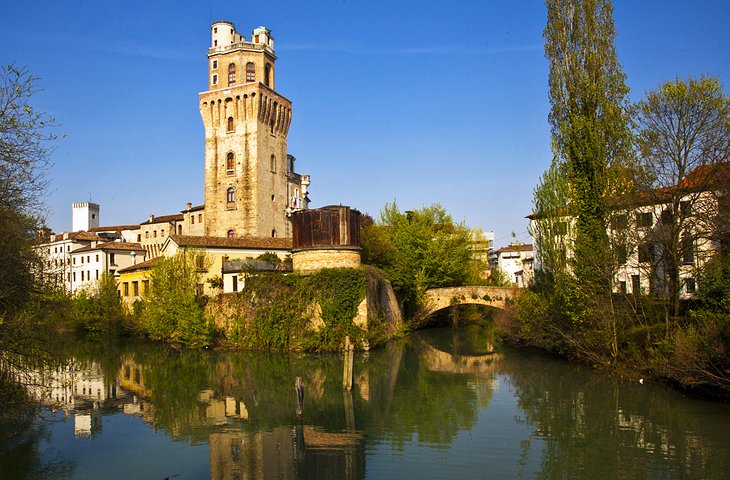
Padua's importance during the Middle Ages and Renaissance rested heavily on its university, founded in 1222. It was the first center of humanism and lead in medical sciences, astronomy, and physics. Galileo taught here, Copernicus studied here, and in 1678, the world's first university degree was awarded to a woman here.
On a tour, you'll see Palazzo Bo whose origins date to the 13th century, and where Galileo lectured in the Aula Magna (Great Hall). While at the university, he developed his law of accelerated motion and designed the first astronomical telescopic lens. The most unusual feature is the oval anatomical theater, the world's first, where students learned anatomy by witnessing dissections.
La Specola, the tower of an earlier castle, became the Astronomical Observatory in 1777 and today houses a museum with globes, telescopes, and instruments. In the Sala Meridiana is the largest sundial in Italy, constructed in 1779.
Address: Via 8 Febbraio, Padua
Day Trip to Euganean Hills and Thermal Spas
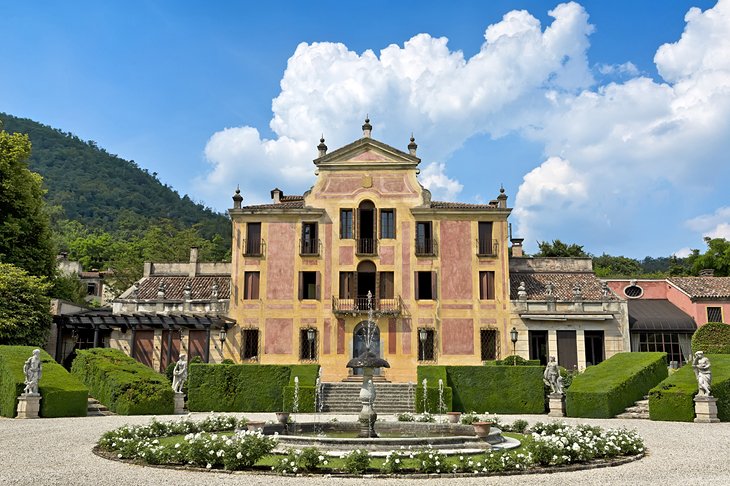
Southwest of Padua, the Euganean Hills (Colli Euganei) are a volcanic range rising abruptly out of the plain. They are known for their hot springs and the stylish spas that take advantage of their waters.
Best known of these is the world-famous thermal resort of Abano Terme, popular since the Romans soaked away their gout and rheumatism in its volcanic mud. Another hot springs spa is Montegrotto Terme, where the remains of Roman baths and a theater have been excavated.
These hills are filled with interesting places to visit. Just west of Abano Terme is the Abbazia di Praglia, a Benedictine abbey, founded in 1080 and restored in the 15th and 16th centuries, with a Renaissance church. The several cloisters include one with a garden of medicinal herbs. Another garden worth seeing, Villa Barbarigo, is farther south in Valsanzibio, on the way to the charming medieval town of Arquà Petrarca.
Address: Via Abbazia di Praglia 7, Bresseo di Teòlo, Teolo
Visit the nearby Town of Este
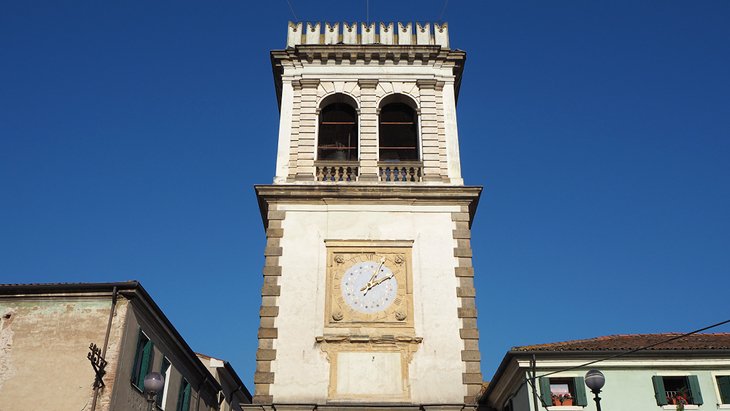
Southwest of Padua, the little town of Este was the seat of the powerful princely family of Este. The Museo Nazionale Atestino, in the former Palazzo del Castello or Palazzo Mocenigo (16th century), has excellent prehistoric and Roman collections. Adjacent is the 14th-century Castello Carrarese surrounded by massive walls.
The 18th-century Cathedral of Santa Tecla has a picture of the saint by Tiepolo in the choir. The image of the Blessed Virgin Mary of Graces in the Baroque Basilica of Santa Maria delle Grazie, was brought here after the fall of Constantinople.
Drive to Montagnana
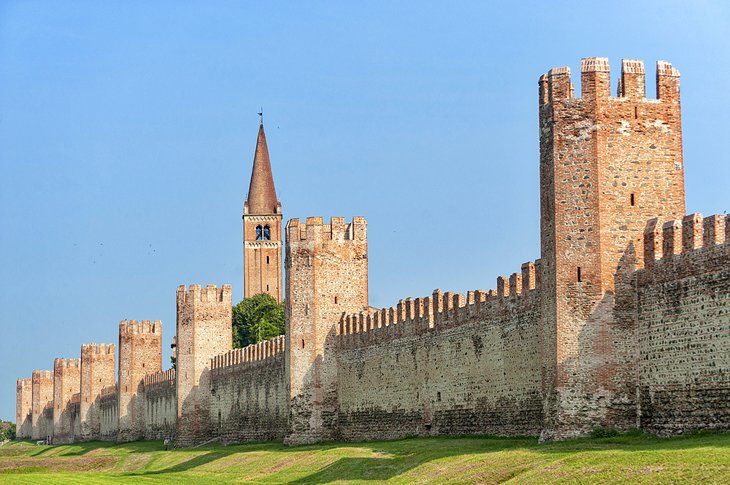
Farther west, Montagnana is surrounded by medieval town walls and 24 battlemented towers. You can best admire these by driving the ring road that circles the town. In the town center is a Gothic Romanesque cathedral from the 15th century.
Outside the Porta Padova, on the east side, is the Villa Pisani by Palladio (1555). Don't confuse this urban villa with the 18th-century Baroque Villa Pisani in Stra, mentioned above. This one has an urban street-side façade, although the side facing the gardens more resembles his country villas.
Map of Attractions & Things to Do in Padua
More Related Articles on PlanetWare.com
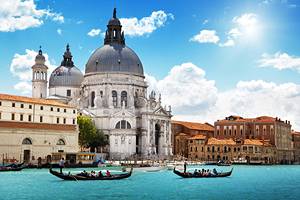
Places to Visit near Padua: If you haven't already seen Doge's Palace and other points of interest in St. Mark's Square, it's so easy to reach the attractions of Venice, that many tourists use Padua as an easy base for touring it. Just as easy to reach from Padua are the magnificent villas by Andrea Palladio, among the top tourist attractions in Vicenza. And if your itinerary doesn't take you to the ancient sites of Rome, a well-preserved Roman arena is located in Verona. Experiencing an opera performance here is one of the top things to do in Italy.
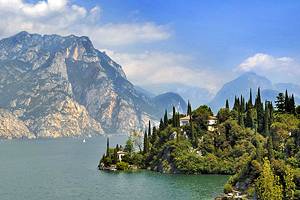
Exploring More of Northern Italy: North of Verona, you can drive or take a boat to see the castles and mountain scenery around Lake Garda and find more outstanding relics of ancient Rome in Brescia. The gardens in the Euganean Hills near Padua are just a teaser for some of the most beautiful gardens in Italy, which you'll find among the top tourist attractions of Lake Como. Look for more ideas for your travels in PlanetWare's list of best places to visit in Italy.
